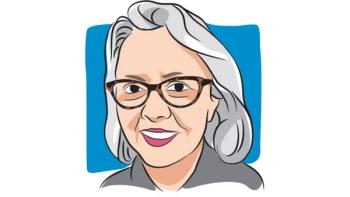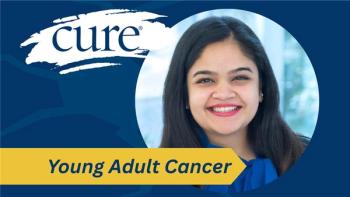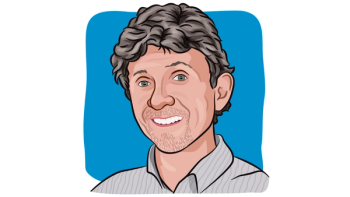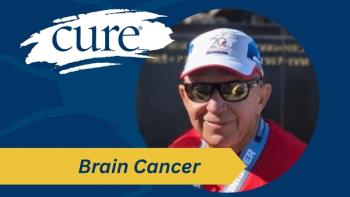We had an inkling it was coming, but that doesn't minimize the fact that this is big news. The U.S. Preventive Services Task Force (USPSTF) is recommending high-risk individuals be screened for lung cancer. Yes, the same panel of experts that recommended we take a step back from screening mammography and the prostate-specific antigen (PSA) test because the harms may outweigh the benefit for some individuals. That's why this is big news. With the USPSTF's recommendation (currently in a draft version), it's ultimately saying that screening for lung cancer in this population will save lives--about 20,000 a year. And there have been studies to attest to this fact, namely The National Lung Screening Trial. (You can read more about the trial in "Good News to Catch a Bad Disease" from CURE, 2010.)The last update the USPSTF made regarding lung cancer screening was in 2004, when it concluded that there was insufficient evidence to recommend for or against screening. Nearly 10 years later, the panel's recommendation is backed by a large, randomized clinical trial. The USPSTF is recommending low-dose computed tomography (CT) scans annually for adults aged 55 to 79 years old who have no signs or symptoms of lung cancer but are at high risk because of their current or former smoking history. High risk is defined as a history of heavy smoking and either a current smoker or someone who quit within the past 15 years. The Task Force defines "heavy smoking" as essentially smoking a pack of cigarettes every day for 30 years (or two packs for 15 years, and so on). You can read about the meaning of the USPSTF's recommendation here.The upside: Based on previous studies, 14 to 20 percent of lung cancer deaths could be averted (about one life saved for every 320 people screened). The downside: The increased number of false-positives (where the CT scan shows cancer when there is none) and radiation exposure (although minimal) from the imaging scan. This is why individuals who do not fall into the high-risk category should not be screened--because the risks (radiation, overtreatment, anxiety) may outweigh the benefits. The USPSTF has shared the full draft of its recommendations for public review. You can find it here. Public comments will be gathered until Aug. 26. Several medical organizations have already developed guidelines recommending lung cancer screening, including the American Society of Clinical Oncology and the American Thoracic Society. The American Cancer Society issued new guidelines earlier this year that also called for high-risk individuals (aged 55 to 74 years) to be screened for lung cancer with low-dose CT scans annually. With an official recommendation from the USPSTF, it is assumed that Medicare and private insurance companies will begin to cover these routine screenings for high-risk individuals, as noted in the Affordable Care Act.And if you're worried about the cost of screening these individuals, consider this: A report from Health Affairs in 2012 noted that the cost of screening will be much less than the healthcare costs associated with treating advanced lung cancer. The cost per life-year saved would be less than $20,000, which is actually more cost-efficient than mammography. Plus there is also a suggestion that undergoing lung cancer screening may help smoking cessation rates. You can't beat that.Update: Talking with lung oncologist and CURE advisory board member, Dr. Mohammad Jahanzeb, he has high hopes for the recommendation's effect. "[It] will no doubt result in saving thousands of lives (by my estimate, about 15,000 lives per year in the United States alone)," he wrote in an email. "It will perhaps save a lot of patients from expensive, yet non-curative treatments for advanced stage lung cancer."Updated July 31, 2013






